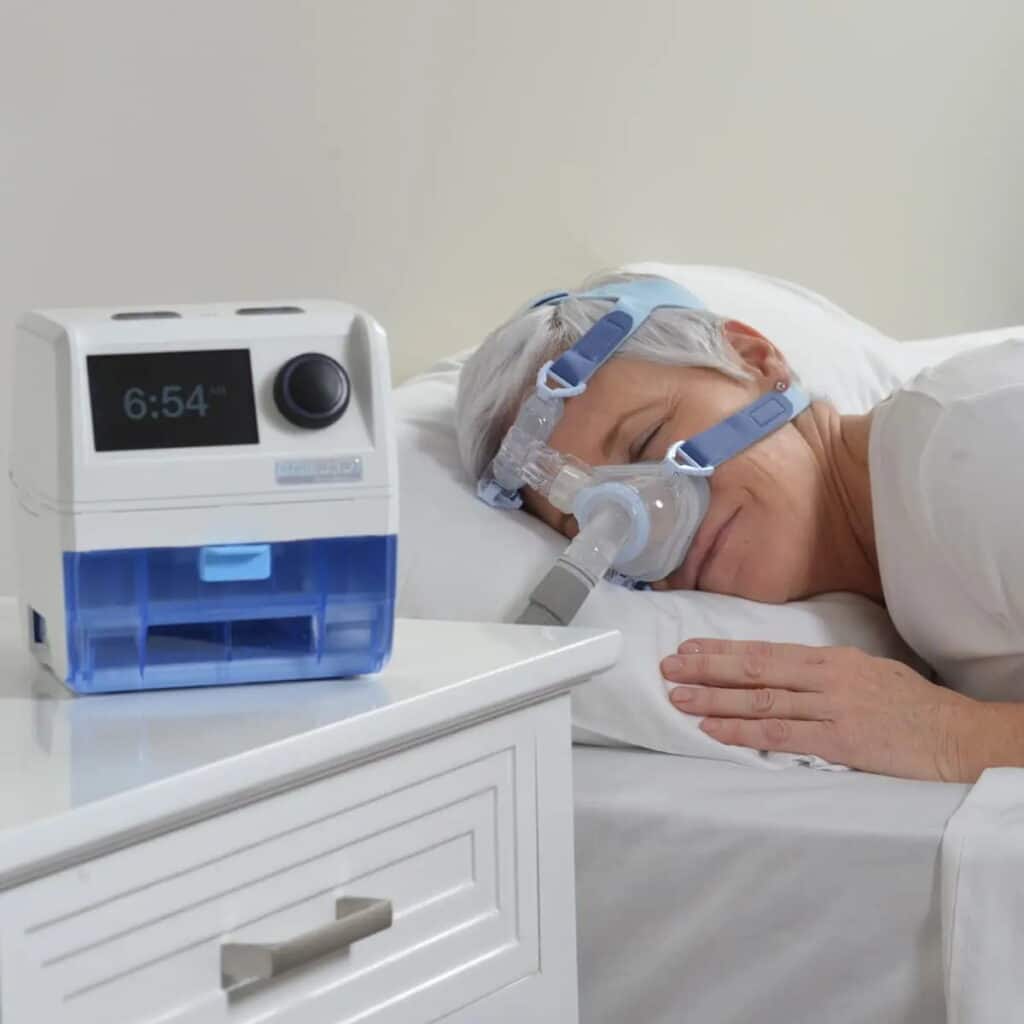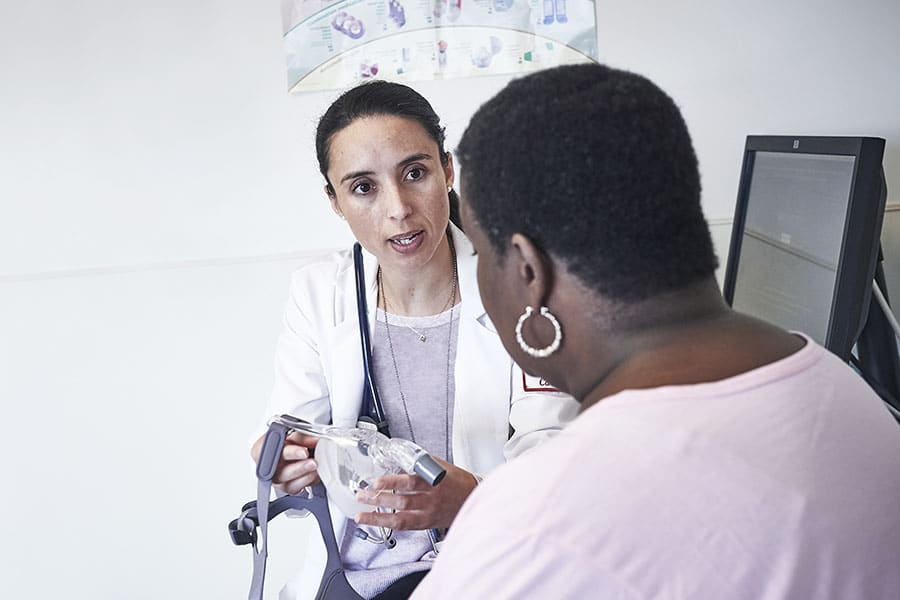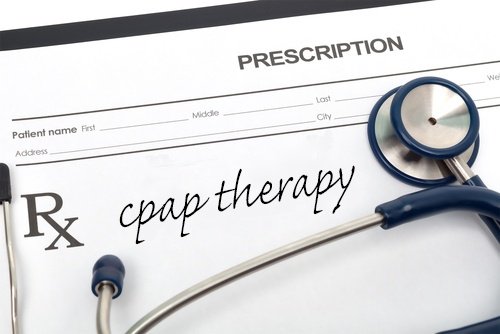

Whether you’re considering getting CPAP therapy for your sleep apnea or have already started treatment, you may have concerns about any potential side effects and dangers of using this machine. Starting a new treatment is a huge step, so in this article, we’ll cover the full A-Z of CPAP side effects, to allow you to make the most informed decision regarding your health.
The good news is: there are no serious risks associated with continuous positive airway pressure (CPAP) use. Moreover, the vast majority of patients report that the improvements in their health and overall life quality far outweigh the small discomfort that they may occasionally experience from the therapy. The bad news is that it may take some time to get used to using the appliance, with some patients giving up within the first few weeks. However, if you stick with it, you will be amazed at the scale of the positive impact it will have on your wellbeing – both physical and mental!
You may experience air leaking out of the CPAP mask. This usually happens when the mask is the wrong size or has not been strapped on properly. It can also mean that the air pressure has been set too high.
If you’re not used to using the mask, it can be tricky to get the knack of breathing naturally, which can result in shallow breathing (which leads to other symptoms on this list, such as air leakage, dizziness and trouble falling asleep) and the panic of feeling as though you can’t breathe can result in a negative experience with using the mask.

If the mask has been put on too tight, you may wake up with a sore face and, over time, facial tissue damage because of the constant aggravation of this sensitive area. This can be down to a high pressure or air leakage, which causes a buildup of moisture between the seal of the mask and your skin, resulting in an unpleasant rash.
You may experience increased bloating, gas and burping after CPAP use. This is known as aerophagia and happens when you swallow the air, rather than it going into your lungs. This is one of the more physically uncomfortable and mentally stressful side effects, and it too is commonly caused by a pressure that has been set too high. If you’re panicking and not breathing calmly, you may also end up swallowing the air, rather than breathing it in.

One of the reasons you may be experiencing dizziness is due to the changes in middle ear pressure. The CPAP machine pushes air into your throat and nasal cavity, which are both connected to your ears. Try holding your nose, shutting your mouth and expiring air out of your lungs. Did you feel it trying to make its way into your ears and slightly ‘blocking’ them? A very similar principle applies when using a CPAP machine, except that air may be pushed in with greater force, resulting in pressure changes inside the ears, which leads to vertigo sensations.
Sleep apnea is known to cause high blood pressure, so if you’ve been prescribed medication to reverse this issue, and if you don’t experience the apnea when using CPAP, taking such medicine could result in blood pressure that is too low, which is a common culprit behind dizziness. Regardless, see an ENT doctor to determine the causes of your tinnitus.
Tinnitus and CPAP have no traceable cause and effect relationship, but nevertheless, this issue is commonly reported by CPAP users. It does seem to be the case that the majority of people who have this side effect had tinnitus before they started CPAP treatment. CPAP can worsen pre-existing tinnitus symptoms.
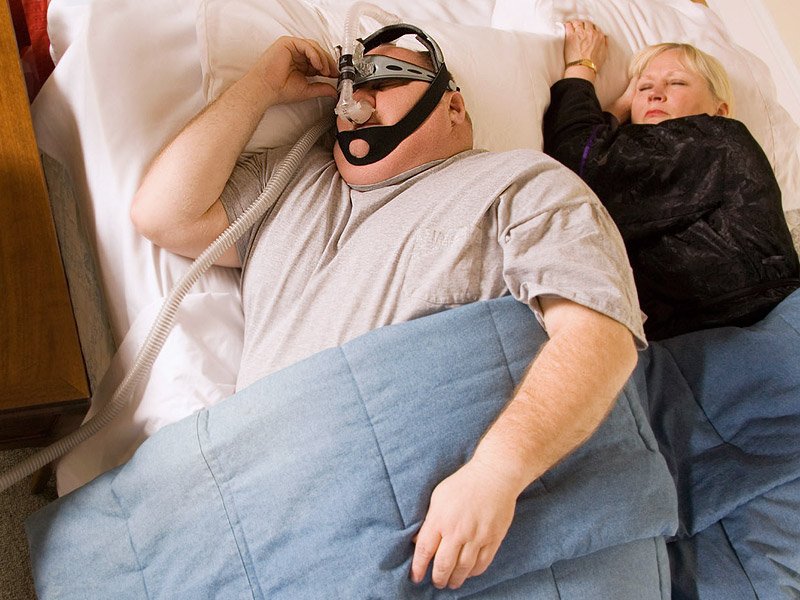
Although some side effects listed above may seem very unpleasant, they are all easily avoided with proper utilization of the CPAP equipment. Should you ever experience any of them, keep in mind these game-changing tips:
CPAP therapy is perhaps the most widespread method for battling sleep apnea, but there are some alternatives:
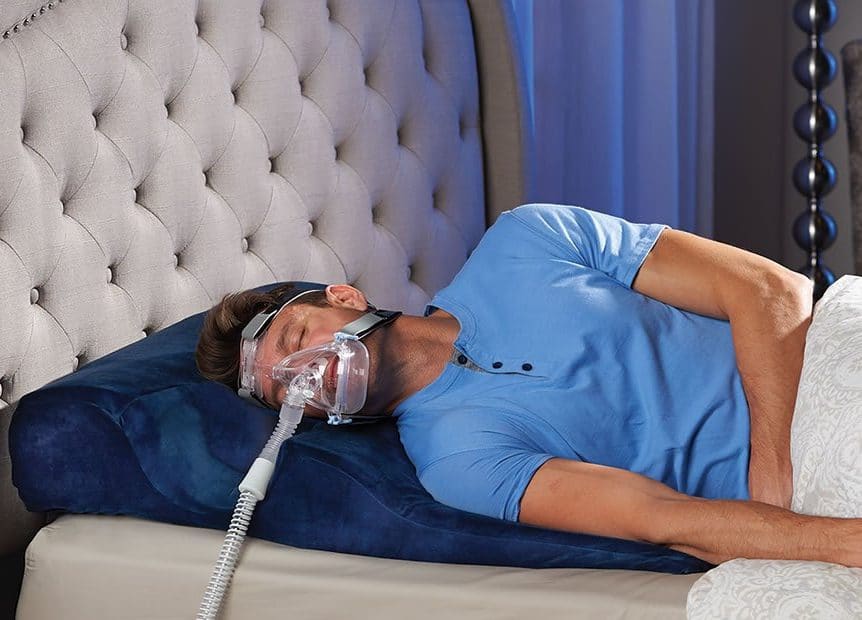
As sleep apnea is often associated with a high BMI and even obesity, losing weight can help the individual to get rid of this condition altogether. Not only this, but you’ll become healthier all around, which can only have a positive impact on your sleep and life quality!
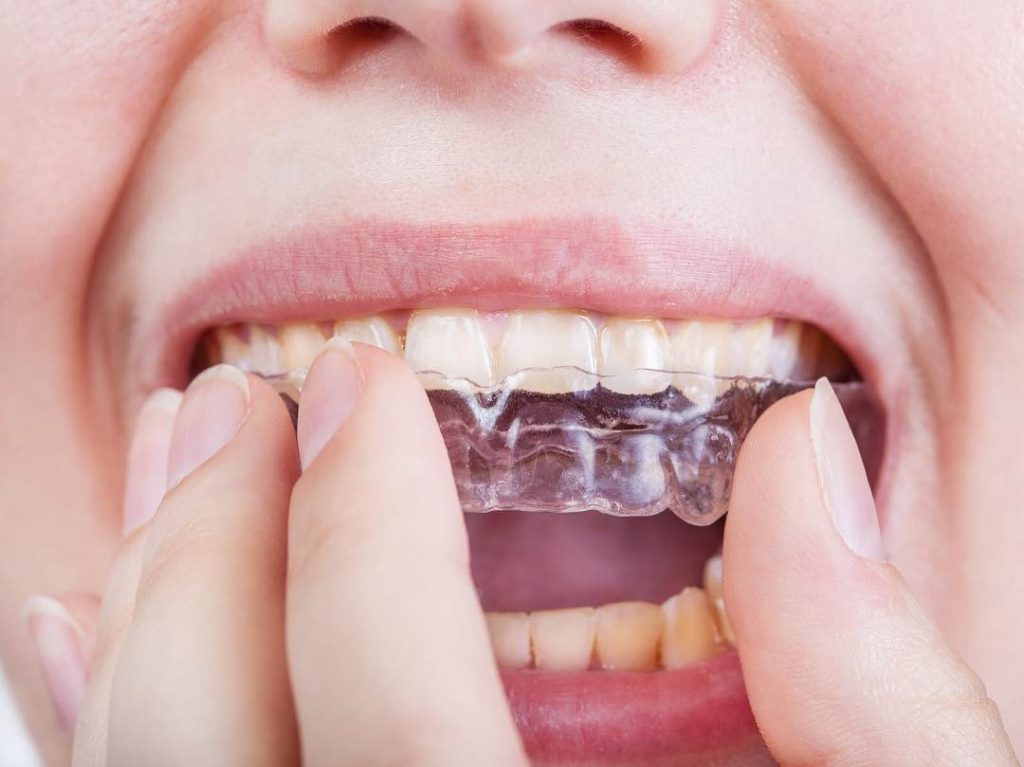
Uvulopalatopharyngoplasty (UPPP) is the most common type of surgery to help sleep apnea patients. Although the name might suggest otherwise, this is a relatively simple procedure that involves removing some tissue from the back of the throat (such as the tonsils, uvula or a small section of the soft palate) to remodel the throat and create a larger airway size.
Final words
A CPAP machine is a highly effective treatment for obstructive (and sometimes central) sleep apnea. It’s no coincidence that this is the most popular therapy for the disorder – it has a huge success rate, and once you get the hang of using the machine, you’ll wish you got one sooner! As with any other medical intervention, it’s not without side effects – but in the case of CPAP, the pros most definitely outweigh the cons. Suffering from sleep apnea poses much higher risks, such as brain damage due to lack of oxygen and an increased likelihood of heart attacks and strokes. The side effects associated with CPAP use, on the other hand, are mild and never pose any serious health risks, so you can feel safe in the knowledge that you have nothing to lose – and everything to gain!
